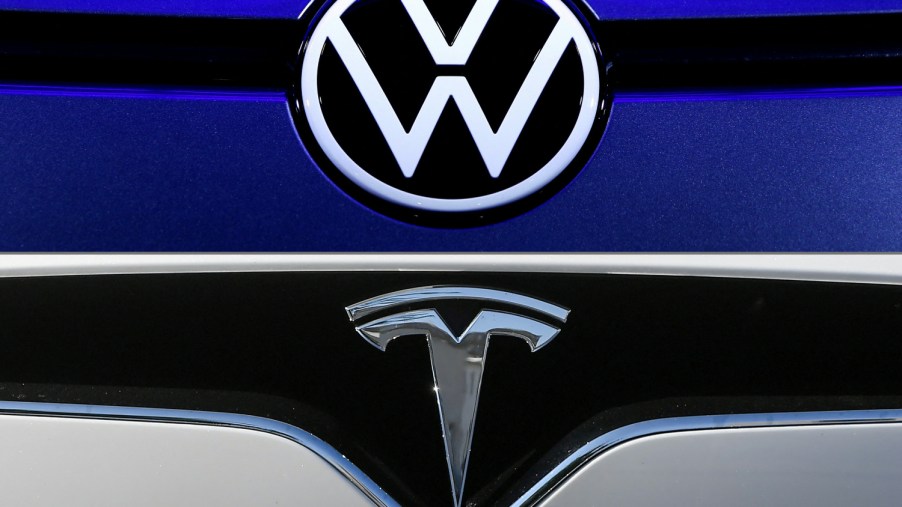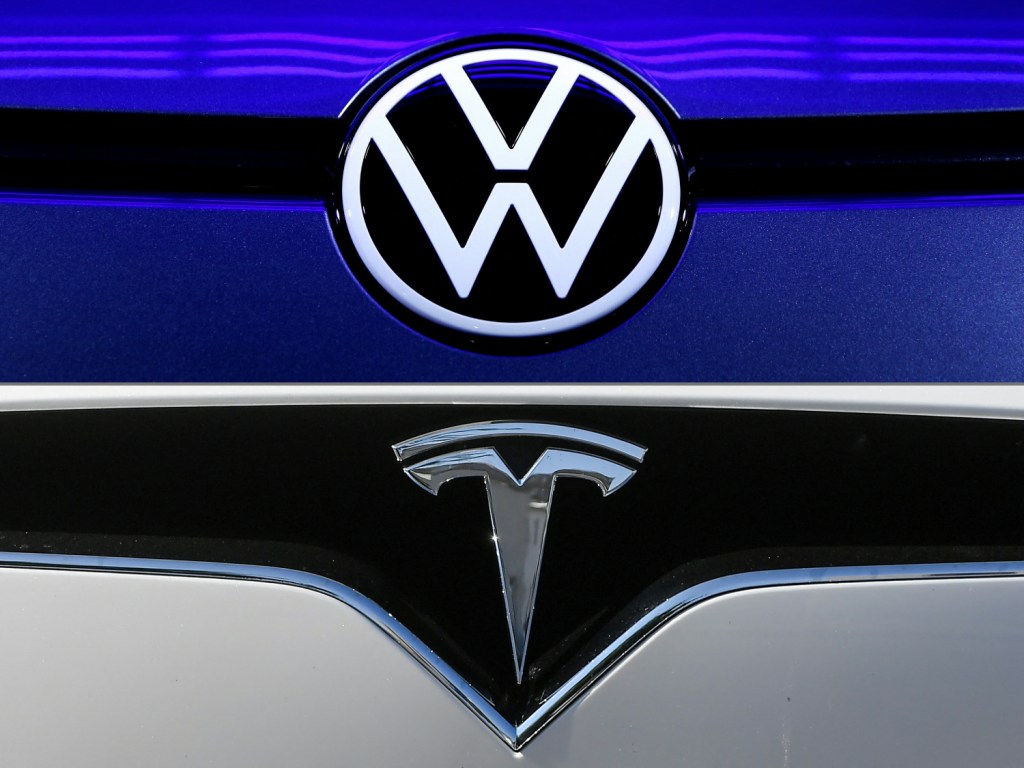
Tesla Model 3 vs. Volkswagen ID.4: Which Is More Reliable?
We’re all looking for a reliable vehicle these days, but does an electric vehicle count? It certainly does. The Volkswagen ID.4 has been compared to the Tesla Model 3 since it was announced as the ID.3. Depending on how you look at it, you could compare the ID.4 to the Model Y or the Model 3, but we will still with the Model 3 for now.
Tesla Model 3 range vs. Volkswagen ID.4 range

Tesla’s Model 3 has been around long enough that we know how it performs. With the ID.4, there is still a lot to learn. Edmunds tested the predicted ranges against the actual ranges a bit ago, and the results were interesting.
The 2021 Model 3 Long Range had an EPA estimated 353-mile range. By Edmunds’s testing, it got an actual 345 miles. A 2018 Model 3 Performance had an EPA estimated 310 miles and got 256 miles in the test.
A 2020 Model 3 Standard Ranges Plus had 250 miles estimated and got 232 miles. The Volkswagen 2021 ID.4 First Edition had an EPA estimated 250 miles and got 287 miles during testing.
Tesla was one of the only brands on the list that actually overestimated the predicted mileage. Like the 2021 Ford Mustang Mach-E AWD extended range, most of the other cars had an estimated 270 miles but got 304 when tested by Edmunds.
Even if Tesla did fudge the numbers a bit, the Model 3 Long Range got the most miles out of a charge over all other tested models.
There will be different battery options that can impact how far you can drive. Depending on what you do on an average day, the options should cover your daily adventures.
Is the turning radius important?
Perhaps you aren’t trying to outrun the cops in your new electric vehicle, but turning radius is still important. Inside EVs did a turning radius test with both cars. For the ID.4, the turn radius came in at 33.5 feet (10.2 m). That’s a pretty tiny turn!
The ID.4 is equipped with the Modular Drive Toolkit (MEB) platform and is rear-wheel drive, making it pretty easy to turn in tight spaces.
The Model 3 had a bigger imprint. Coming in at 38.7 feet (11.8), it required a lot more room.
Therefore, there are a lot of features that the ID.4 and the Model 3 share. That’s because Tesla has pioneered many of the bits and pieces you might want in an electric vehicle.
The ID.4 has a fairly large screen that is quick to respond. Everyone knows that Tesla has a huge screen on the dashboard, but the ID.4 version is less intimidating.
The Volkswagen also has IQ.DRIVE, which is VW’s new Advanced Drivers Assistance Technology. This is semi-autonomous driving with intelligent features to keep you safely on the road.
What is important to buyers?
The range and infotainment systems seem to top the list for potential buyers. Drivers want to know the car will last as long as it is supposed to and generally be easy to drive and navigate.
Switching to an EV might sound scary, but Volkswagen and Tesla make it easy. If you are intimidated by Tesla’s price, check out the price of the ID.4.
With a starting MRSP of $39,995, you can lower that to $32,495 with the federal tax credit. The estimated lease payment comes in at around $379 a month for a 36-month lease.
VW estimates you can get a 60-mile charge in 10 minutes on a fast charger if you need to stop. However, most buyers will probably want to install a home charger to charge when the price is low.
In conclusion, depending on what you are looking for in a vehicle, both the ID.4 and Model 3 are reliable enough for everyday use.



